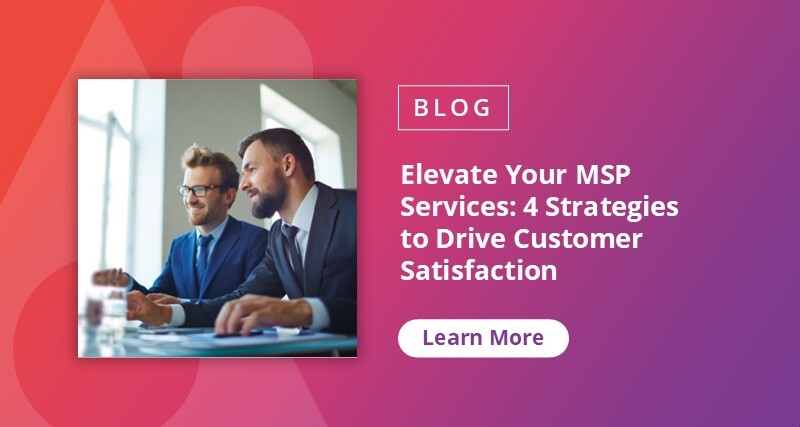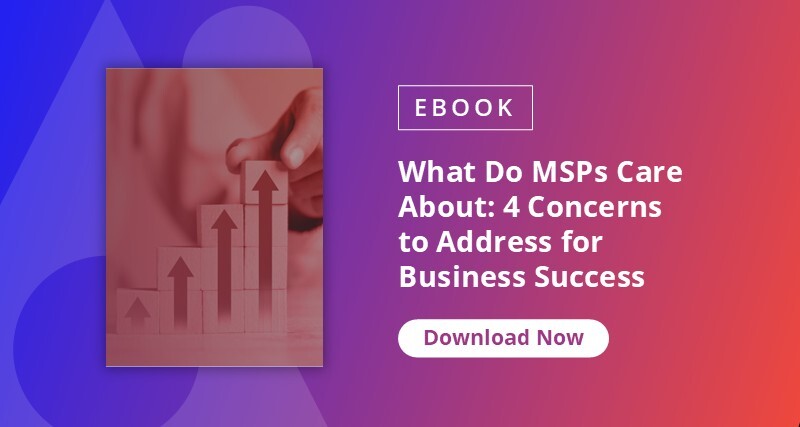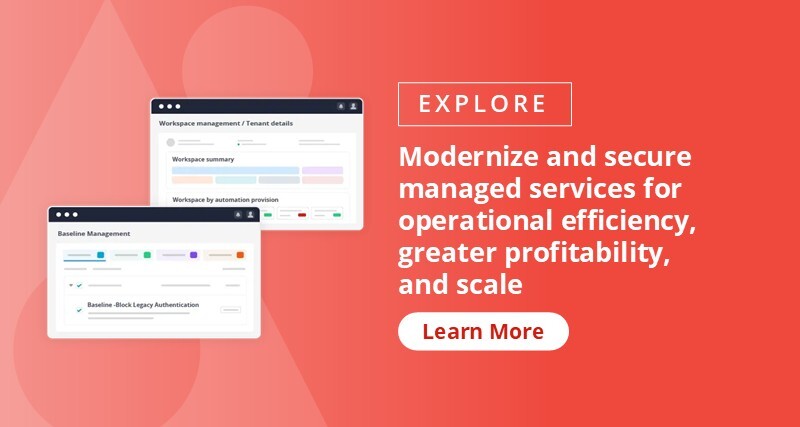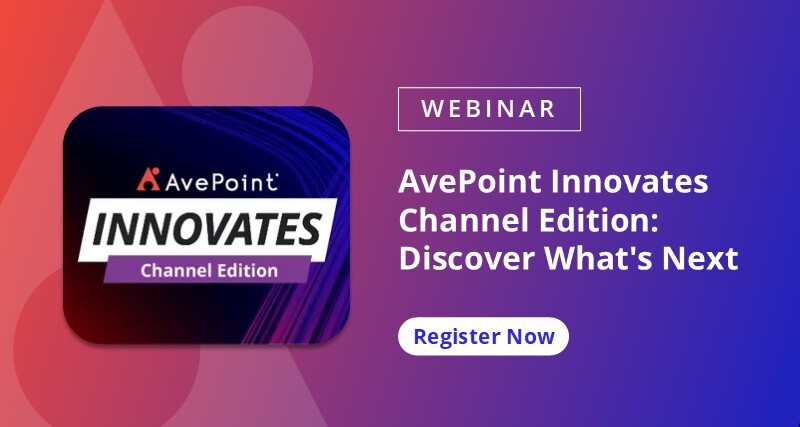Beyond Agents: How Managed Services Are Changing in a Cyber and AI-First World


Remote monitoring and management (RMM) tools are the operational backbone of managed service providers (MSPs). These agent-based platforms promise the ability to remotely monitor, manage, and maintain client infrastructures securely and efficiently. However, threat actors continue to abuse legitimate RMM software for cybercrimes such as information-stealing and delivering malicious payloads like ransomware.
Cyberincidents like the 2020 SolarWinds hack and 2021 Kaseya ransomware attack and highlight potential vulnerabilities in the MSP supply chain that can be leveraged by attackers. Even when vulnerabilities aren’t exploited by bad actors, good intentions can go wrong, too. Due to a bad round of testing in an agent build, the 2024 CrowdStrike outage took down numerous systems simply because of a bug that went undetected in quality assurance: No ransomware, just a whole bunch of offline systems. The tools designed to protect and manage endpoints can also be risks and potential attack vectors themselves.
Small- and medium-sized businesses (SMBs) reported a rise in remote encryption attacks by 62%. Many of these attacks originated in the victims supply chain. More importantly, about 70% of exploited vulnerabilities today are zero-day threats, providing virtually no warning before exploitation. Having to manually patch agents and appliances can leave organizations vulnerable for even longer windows of time. MSPs have slowly become one of the most lucrative attack vectors in the channel, targeted due to their broad access to customer accounts, endpoints and data.
MSPs continue to evolve past the reactive remote break/fix models to proactive security services and even helping clients use AI. While leveraging automation and AI tools is changing how MSPs deliver services, it’s not just about new tools. It’s also about how MSPs can deploy these tools to improve efficiencies and meet customer needs all while best protecting their clients (and themselves) from malicious actors and vulnerabilities.
The Changing Landscape: Compliance, Security, and Scale
According to Canalys, managed services revenue will grow 13% this year to $595 billion globally, driven primarily by cybersecurity, AI data readiness, and compliance solutions. But many MSPs remain unprepared to face the reality: While RMM technology needs a reset, its importance to the managed services community means a complete overhaul will take time.
The complexity of the modern MSP delivery model has expanded not only in terms of technical requirements, including cybersecurity as a standard offering, but also expertise in compliance, regulatory knowledge, and vertical-specific capabilities. MSPs that fail to evolve in these directions may soon find themselves vulnerable to security threats and competitive pressures. 
Why? Because customers are experiencing unprecedented growth in digital technology adoption, and every aspect of these technologies and their implementation is increasingly subject to regulation. Considering the regulatory landscape facing small businesses today: Network and Information Systems Directive (NIS2) in Europe, Cybersecurity Maturity Model Certification (CMMC) for US defense contractors, Digital Operational Resilience Act (DORA) for financial institutions, and other industry-specific regulations, 41% of organizations request proof of cybersecurity compliance from their software supply chain partners every quarter. The industry is expected to evolve with a focus on security and cloud, which requires MSPs to become compliance experts, security specialists, and strategic advisors simultaneously.
How to Stay Competitive in 2025: Focus on Security and AI
The growth in software supply chain hacks means any attempt to increase the amount of remote control of customer IT will be met with resistance. The traditional RMM architecture creates too much complexity, increases the attack surface, and stretches already-thin technical teams to their breaking point. About 42% of MSPs report challenges in implementing advanced threat detection technologies, highlighting the complexity of managing modern cybersecurity tools. Simultaneously, 65% of IT leaders confirm there’s a significant security professional skills gap when it comes to delivering more sophisticated services.
The most significant opportunities for MSPs lie in the intersection of security and AI. Gartner predicted that the rise of generative AI will lead to an expected 15% increase in security software spending, creating an entirely new market segment for forward-thinking MSPs to capture. Unlike traditional project-based security implementations, AI security requires continuous monitoring, adaptation, and governance — perfectly aligning with subscription-based service models that provide predictable, ongoing revenue streams for MSPs.
With over 90% of cybersecurity solutions to be delivered by MSPs in 2025, those that successfully transition to more secure, cloud-native monitoring approaches while reducing risks and expanding compliance capabilities will be well-positioned to thrive. Those that don’t face becoming acquisition targets or gradually losing relevance as client requirements evolve.
A cloud hangs over the future of the RMM market and the trouble for MSPs is their business model depends on remote connectivity and monitoring capabilities. However, mergers and acquisition (M&A) activity is expected to grow by 45% in 2025, showing many in the MSP space are looking to acquire while others believe it’s the right time to sell.
Move Past Traditional RMM and Embrace Software-as-a-Service
Technologies like AI service management and ticketing and the cloud software-as-a-service can minimize some of the risks posed by RMM today. More than 60% of MSPs plan to add cloud migration services to support on-premises to cloud transitions to their portfolio, while 57% will add cloud migration services to support cloud-to-cloud transitions. The transition to agentless, cloud-native platforms reflects a broader evolution in the MSP delivery model.
Over 54% of MSPs will be using SaaS marketplaces to purchase solutions to manage back-office operations or deliver managed services to clients ranging from RMM and business continuity and disaster recovery (BCDR) to AI data readiness. SaaS solutions offer significant benefits like:
- Frictionless procurement processes.
- Cost savings through bundling and pooled licensing.
- Reduced management overhead.
- Decreased security risk.
For forward-thinking MSPs, the migration away from agent-based RMM is not only about mitigating risk but also positioning themselves for the next wave of services that clients will demand. As AI transforms businesses across every industry, organizations need partners who can help them prepare their data and systems for AI integration while maintaining security and compliance.
Implementation Strategies: Transitioning to Agentless Monitoring
For MSPs currently reliant on traditional RMM platforms, the transition to agentless monitoring requires careful planning but offers substantial long-term benefits. Here are key strategies to consider:
- Audit your current security posture. Before making any changes, thoroughly assess how your current RMM infrastructure might create vulnerabilities for you and your clients.
- Develop a phased migration plan. Rather than attempting to replace all agent-based monitoring at once, identify high-priority clients or environments where the security benefits would be most significant. Clients that are “cloud-first” are ideal for the initial wave.
- Leverage improved remote management capabilities. Many modern cloud platforms now incorporate monitoring capabilities that previously required dedicated tools. Microsoft 365, Google Workspace, and other cloud providers often provide native monitoring that can replace agent-based alternatives. Capabilities in platforms like Microsoft Intune offer more secure ways to manage devices and deliver RMM services with the feature gap closing every day.
- Implement comprehensive API-based monitoring. Modern SaaS-based monitoring solutions can provide visibility across cloud services, networks, and endpoints without requiring traditional agents.
- Focus on baseline development. Create standardized security and operational baselines that can be quickly applied to new clients, allowing you to scale service delivery while maintaining consistency.
- Address regulatory requirements proactively. Use pre-built compliance frameworks that map controls to specific regulations, allowing you to quickly adapt as clients face new requirements.

The Future Is Agentless, Secure, and Strategic
As we progress through 2025, forward-thinking MSPs are embracing agentless, cloud alternatives that reduce risk while enabling more strategic service delivery. With platforms like AvePoint Elements, MSPs can scale operations, enhance security, and unlock new revenue streams — all from a single platform. The Elements Platform empowers MSPs to achieve the following:
- Maximize baseline management. Streamline multi-tenant security, making it easy to maintain consistency at scale to help MSPs grow their practice and quickly bring clients into operational compliance.
- Simplify user and device management. Manage security settings across tenants and free up resources for higher-value services to help MSP clients with M&A, move into SaaS with migration, and offer strategic services beyond break/fix, like AI readiness.
- Automate workspace management. Enable secure self-service, and deliver new high-value governance services with pre-built and pre-loaded risk frameworks to help MSPs quickly meet the compliance and cybersecurity requirements regardless of what vertical they are in.
As a cloud-native platform designed for modern MSPs, AvePoint Elements represents the direction modern MSP tools are heading — security-first, compliance-aware, and designed to enable strategic services rather than basic monitoring.
Discover AvePoint Elements and how they empower you to stay ahead of the curve — Register now.


Shyam Oza brings over 15 years of expertise in product management, marketing, delivery, and support, with a strong emphasis on data resilience, security, and business continuity. Throughout his career, Shyam has undertaken diverse roles, from teaching video game design to modernizing legacy enterprise software and business models by fully leveraging SaaS technology and Agile methodologies. He holds a B.A. in Information Systems from the New Jersey Institute of Technology.


